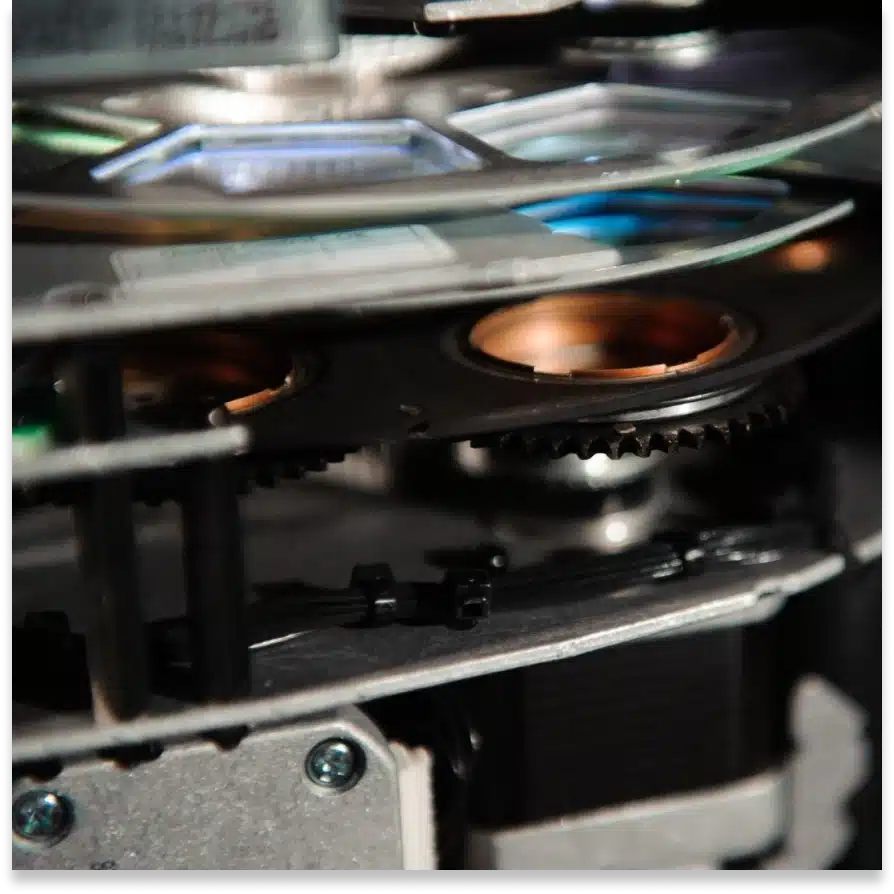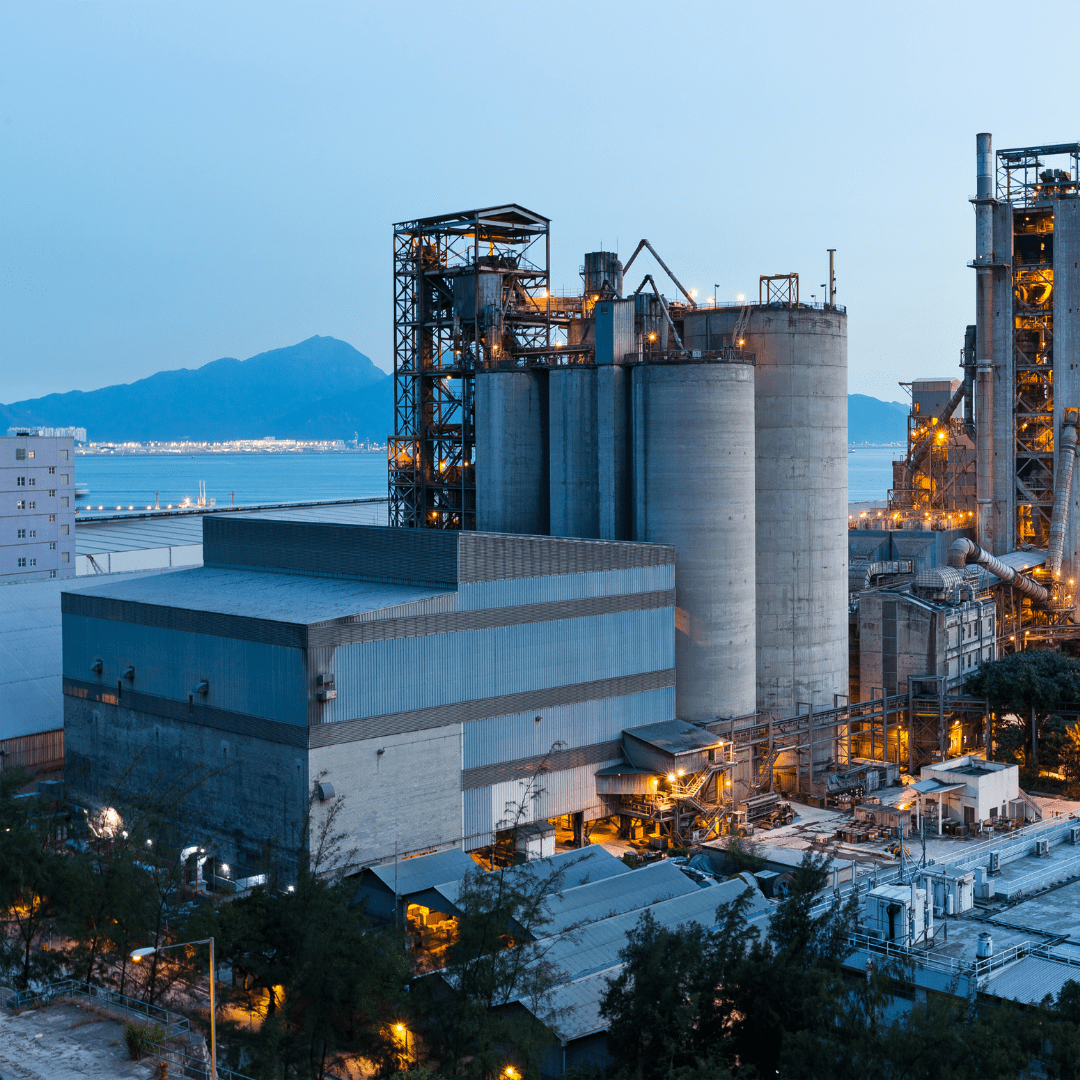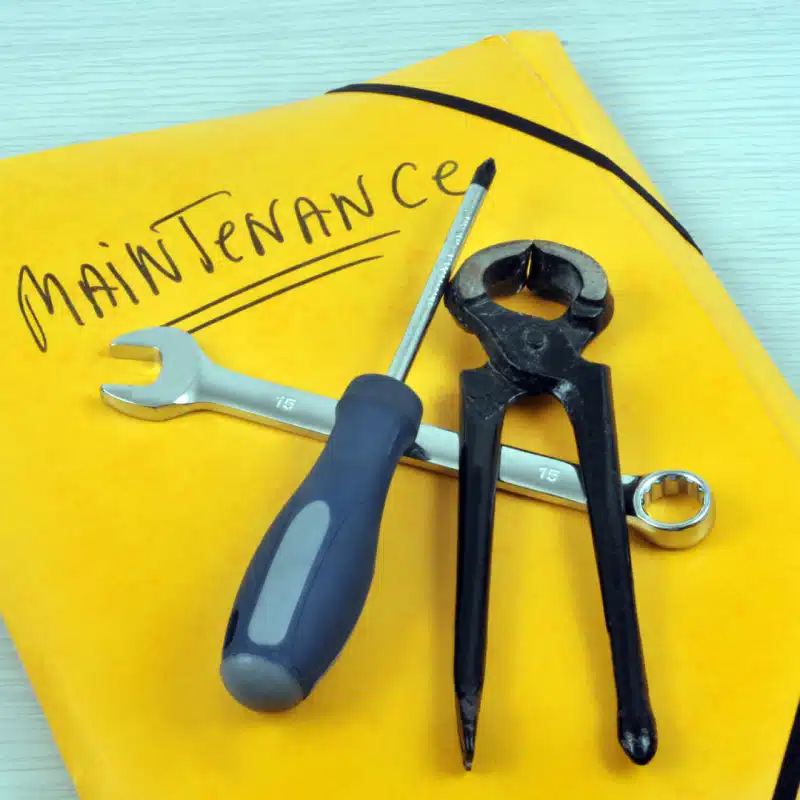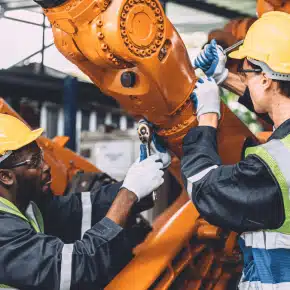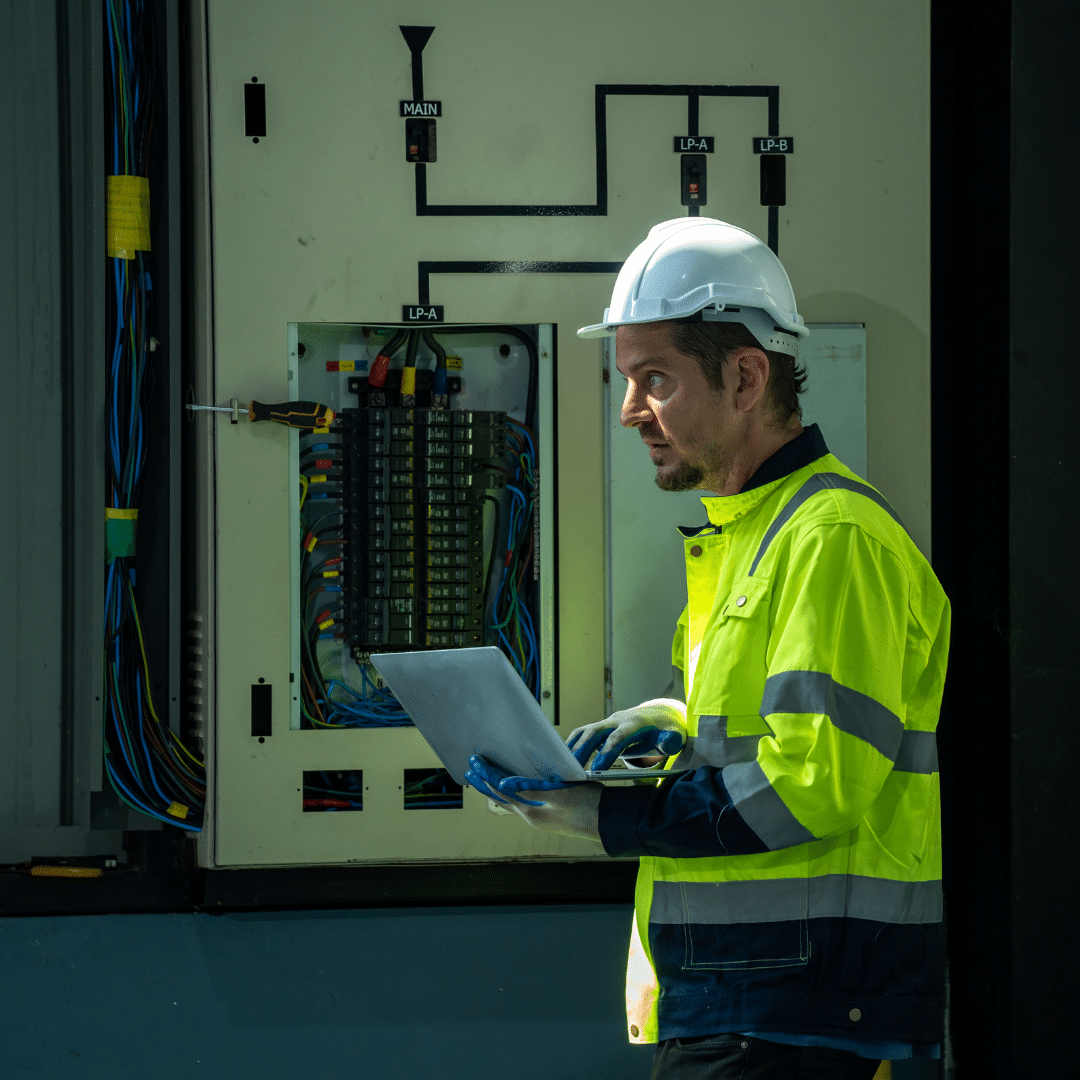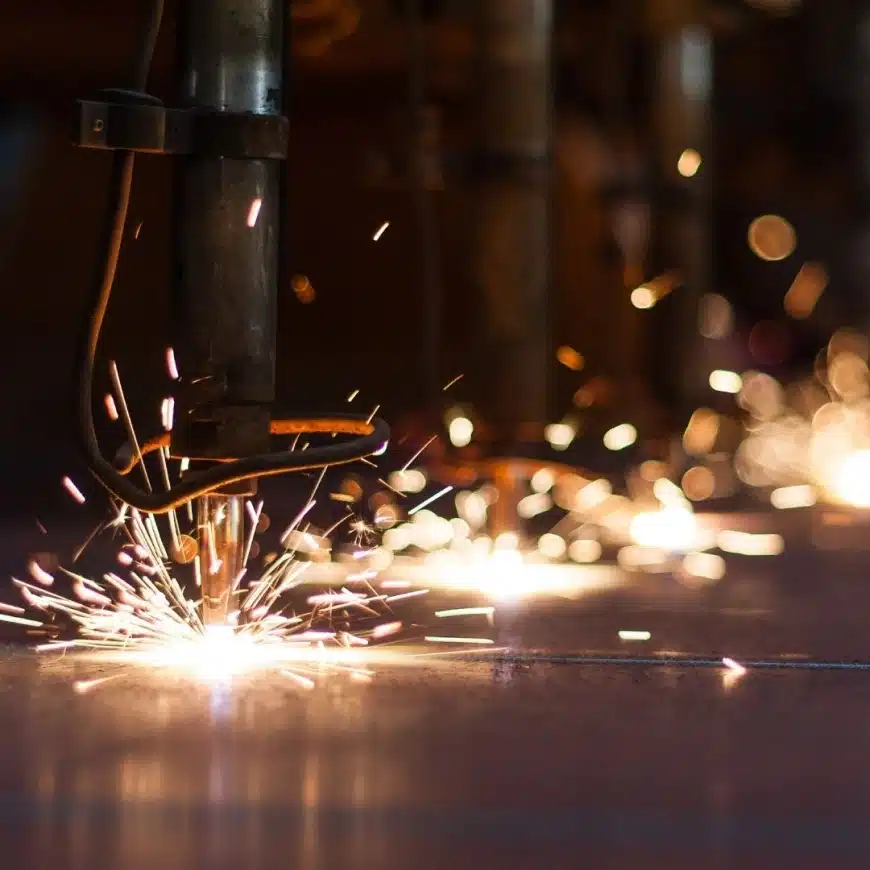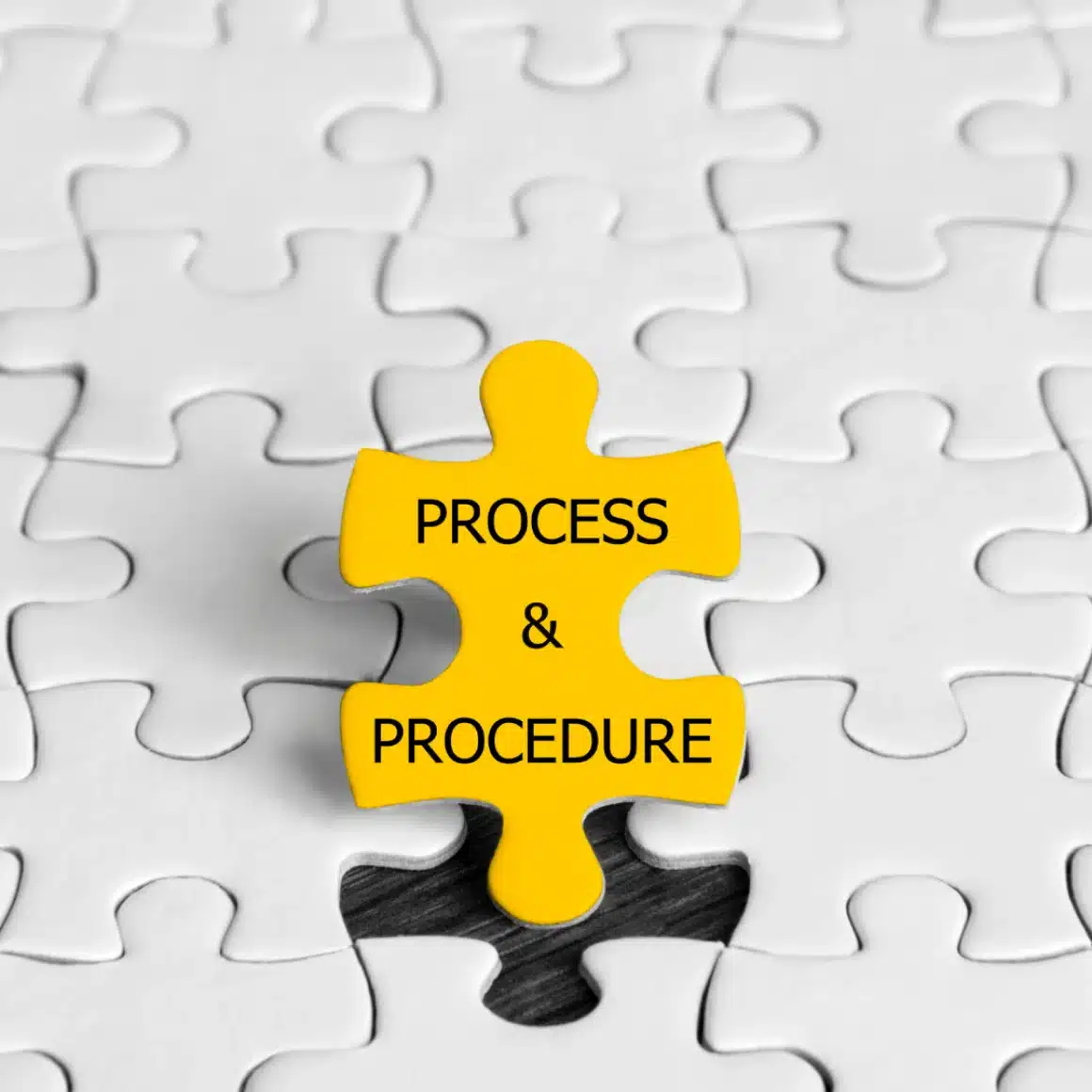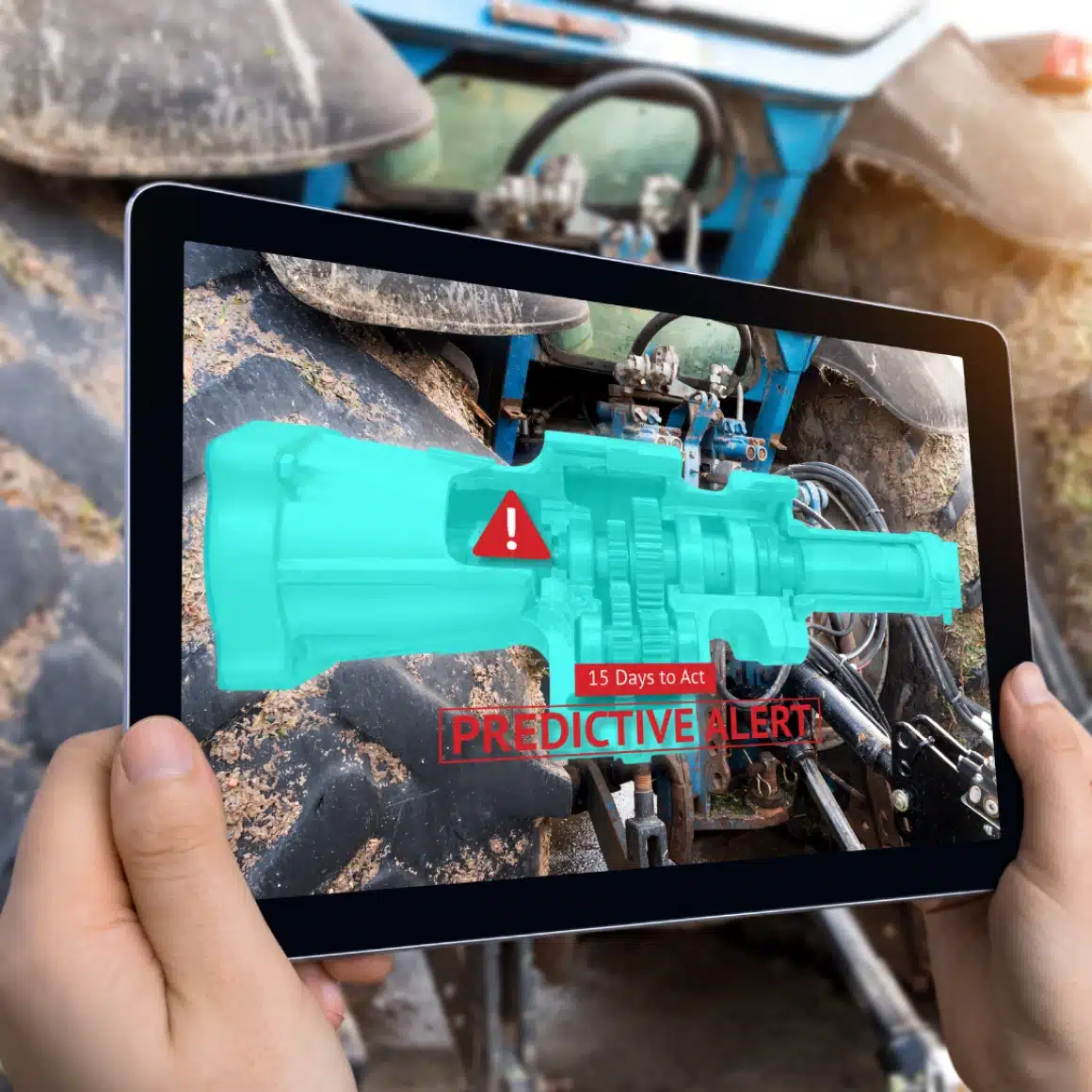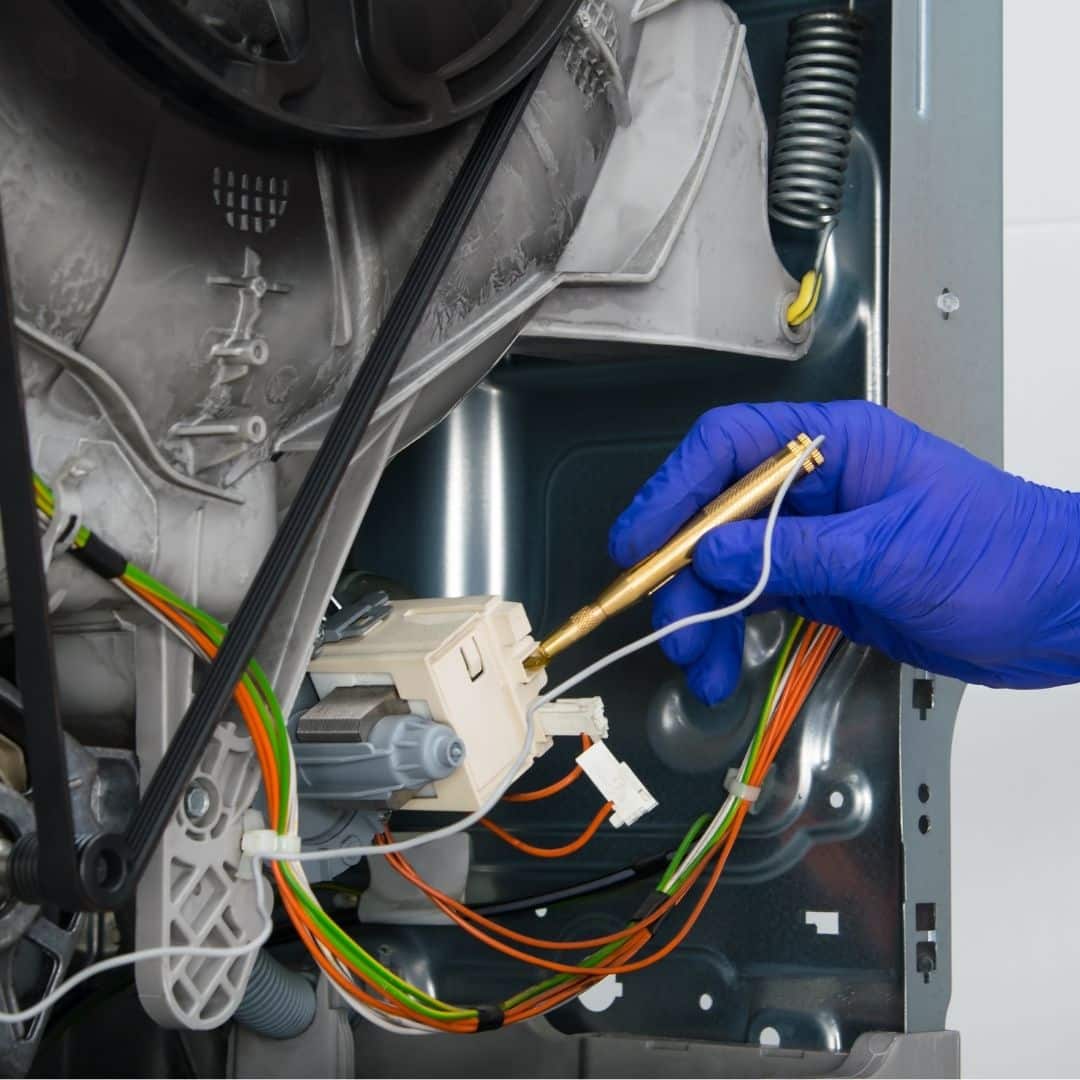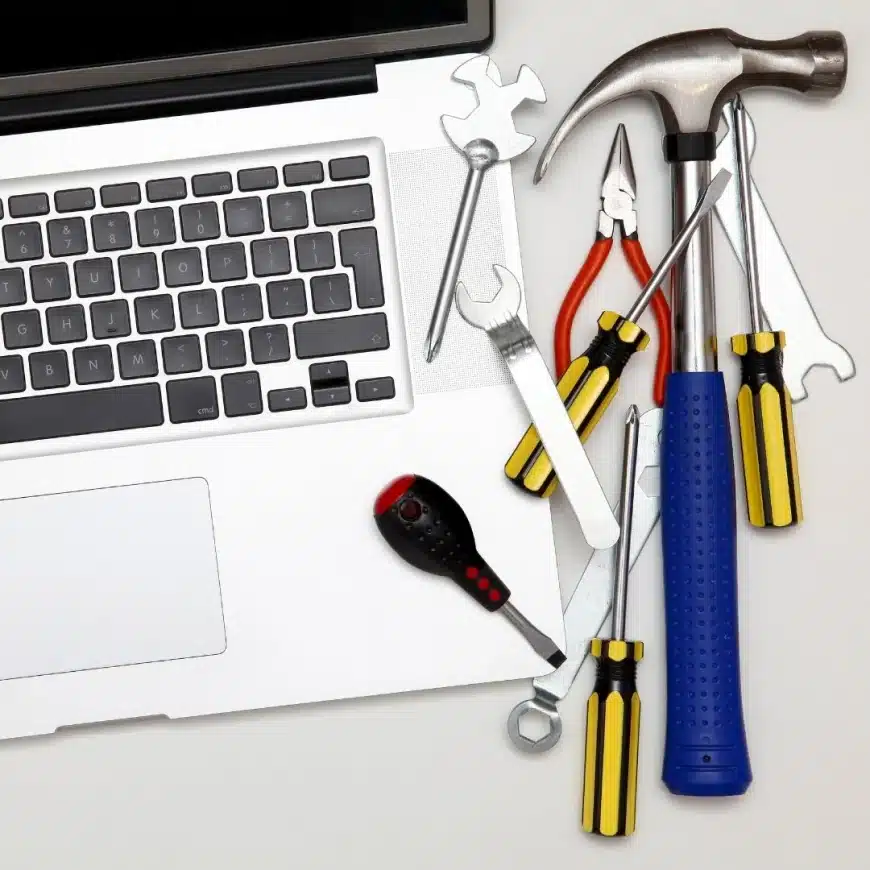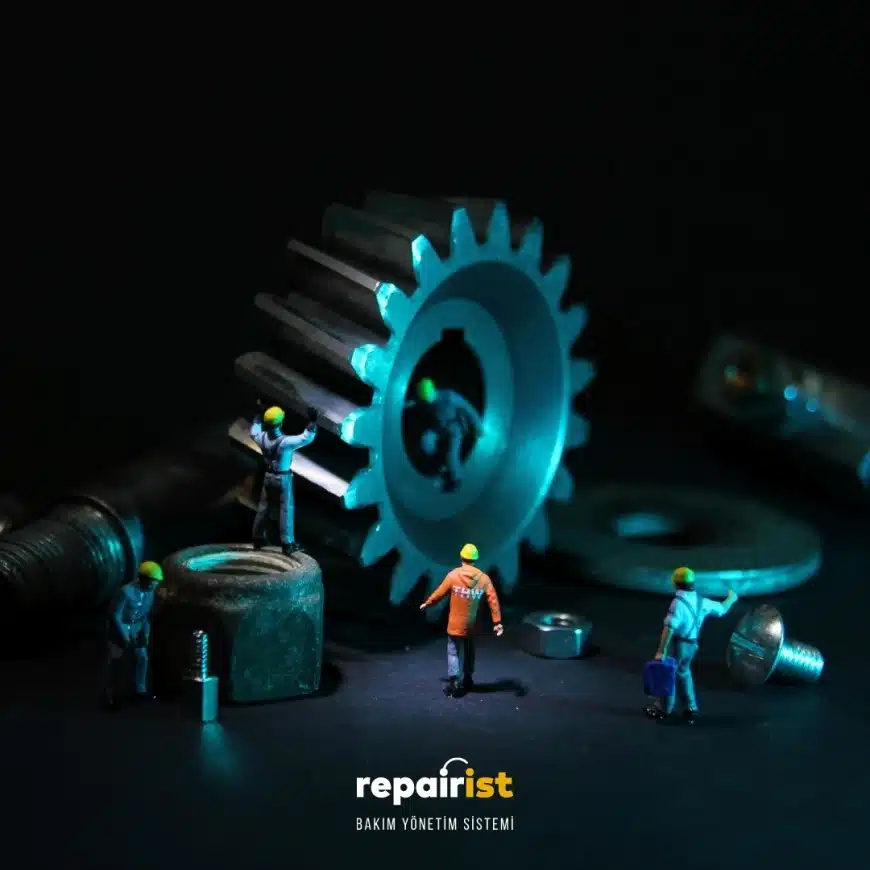Introduction to Equipment Failure Models
A Method to Prevent Problems in Industry
In any industrial process, it is possible for equipment failures to create unexpected situations and negatively impact business processes. However, thanks to the opportunities provided by modern technology, advanced methods exist for predicting and preventing failures. In this article, we will provide a general introduction to equipment failure models and discuss how they can be utilized in industrial operations.

The Importance and Effects of Equipment Failures
Industrial equipment failures lead to disruptions in production processes and loss of efficiency. The time spent on repairing failures increases the costs for businesses and negatively impacts customer satisfaction. Additionally, unexpected failures result in unplanned downtime and production losses.
Basic Principles of Equipment Failure Models
Industrial operations face serious consequences such as productivity losses and cost increases when encountering any equipment failure. However, with the use of advanced analytical methods and data science techniques, it is possible to predict and prevent equipment failures in advance. These models rely on analyzing past performance data of equipment to predict future failure probabilities. By utilizing techniques such as statistical analysis and machine learning, these models calculate the likelihood of failure based on factors such as the age of the equipment, operating conditions, and other variables.
- Data Collection and Analysis
Failure models fundamentally rely on the past performance data of equipment. These include measurements such as equipment operating time, operating temperature, pressure levels, vibrations, and other parameters. This data is typically collected through sensors, monitoring systems, and recording devices. Statistical and mathematical methods are then used to analyze this data. These data are also used to determine the likelihood of failure.
- Machine Learning and Prediction Models
These models are typically created using machine learning algorithms. These algorithms learn from the historical data of the equipment to predict future failures. Machine learning techniques such as regression analysis, time series analysis, artificial neural networks, decision trees are used. These techniques contribute to the development of these models. These models exist to determine the probability of failure of equipment within a specific period.
- Risk Assessment and Prioritization
It adopts a risk-based approach. This approach evaluates the probability of failure and potential impacts of each equipment component. Maintenance strategies are then determined using this information. Effective distribution of resources focuses on the most risky equipment.
- Continuous Improvement and Optimization
With the collection and analysis of new data, the models become more accurate over time. Continuous updates and improvements ensure that operational processes are managed more efficiently. This continuous improvement and optimization are critical factors in enhancing a business’s competitive advantage.
- Reducing Equipment Failures with Preventive Maintenance Strategies
Maintenance personnel regularly perform preventive maintenance to predict and prevent equipment failures. Equipment failure models optimize preventive maintenance processes, saving businesses time and costs.

Usage of Equipment Failure Models in Industrial Operations
Equipment failure models are effectively used in various fields, from manufacturing facilities to power plants, from the automotive industry to the healthcare sector. These models enable businesses to monitor equipment performance, plan maintenance processes, and predict failures in advance. They ensure business continuity and minimize costs. Industrial enterprises optimize their operational processes and gain a competitive advantage by utilizing equipment failure models.
Have you received sufficient information about “Introduction to Equipment Failure Models“?
repairist is here to help you. We answer your questions about the Maintenance Management System and provide information about the main features and benefits of the software. We help you accessthe repairist demo and even get a free trial.
Aybit Technology Inc.
Frequently Asked Questions
Equipment failure models are generally based on the principles of data collection, analysis, machine learning and risk assessment. The process starts with data collection and continues with analysis and machine learning, followed by a risk-based assessment.
Equipment failure models are widely available in many industries. From manufacturing plants to power plants, from the automotive industry to the healthcare sector, these models are used effectively in many areas.
Equipment failure models enable businesses to predict and prevent equipment failures. This enables businesses to reduce unexpected downtime, optimise maintenance strategies and increase operational efficiency.
The accuracy of equipment failure models varies. These include the amount of data used, the complexity of the model and the analytical methods used. However, generally, models that are well established and fed with accurate data provide high accuracy.

